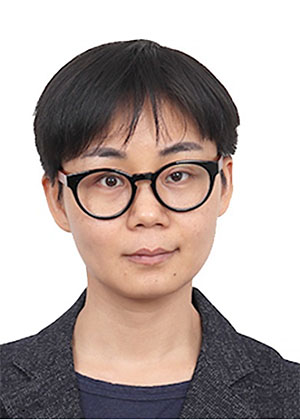USTC Astronomy Colloquium Series: 2019 Fall
Neutron star and quark star: What is the matter state at exceedingly high density
李昂 教授
厦门大学
2020/1/14, 4:00pm , the 19th-floor Observatory Hall

报告人:
李昂于2002年本科毕业于兰州大学, 于2007年在兰州大学获得理论物理博士学位, 现为厦门大学天文学系教授和博士生导师(https://astro.xmu.edu.cn/info/1016/1041.htm)。 先后在意大利国家核物理研究院南方实验室(INFN-LNS)、 美国德克萨斯A&M大学康莫斯分校、 意大利卡塔尼亚大学、 美国内华达大学拉斯维加分校(UNLV)做访问学者。 于2012-2013年担任日本理化学研究所(RIKEN)国际特别研究员。 主要研究方向为中子星致密物质状态方程及相关天文现象(如双星并合、 短伽玛暴、 脉冲星周期跃变、暗物质混杂星) 。摘要:
A long-standing, open problem in astrophysics, nuclear physics and particle physics is the equation of state (EOS) of dense matter. It is an exciting scientific issue in the physics of compact stars and in the observations at NICER, eXTP, HIAF, etc. Formerly the understanding of this issue relies on electromagnetic observations and heavy-ion experiments, multimessenger observations of neutron star mergers help advance this field of research. Constraints on EOS mainly come from theoretical many-body calculations, laboratory measurements of nuclear properties & reactions and observations in astronomy. I will give a short introduction on the calculations of EOS as well as present constraints. 邮编:230026 ,
邮编:230026 ,  联系电话: 0551-63601861
联系电话: 0551-63601861 Email:
Email: